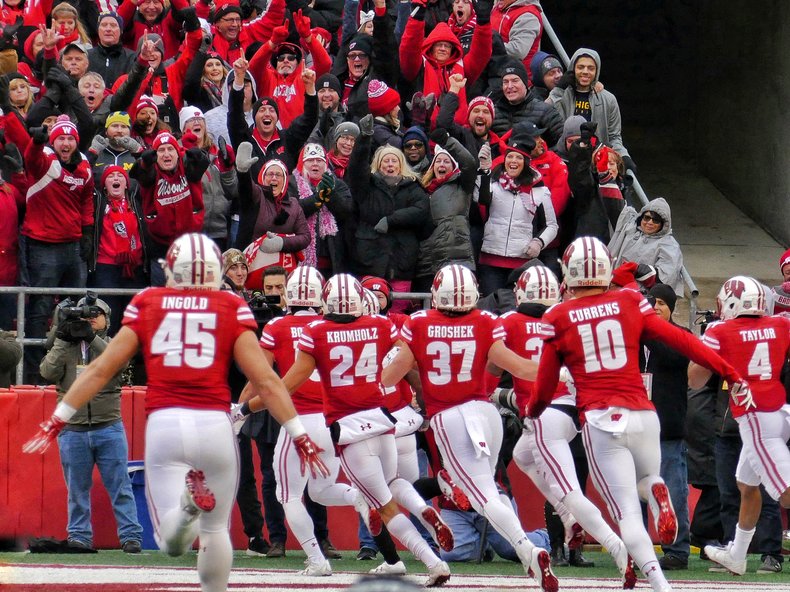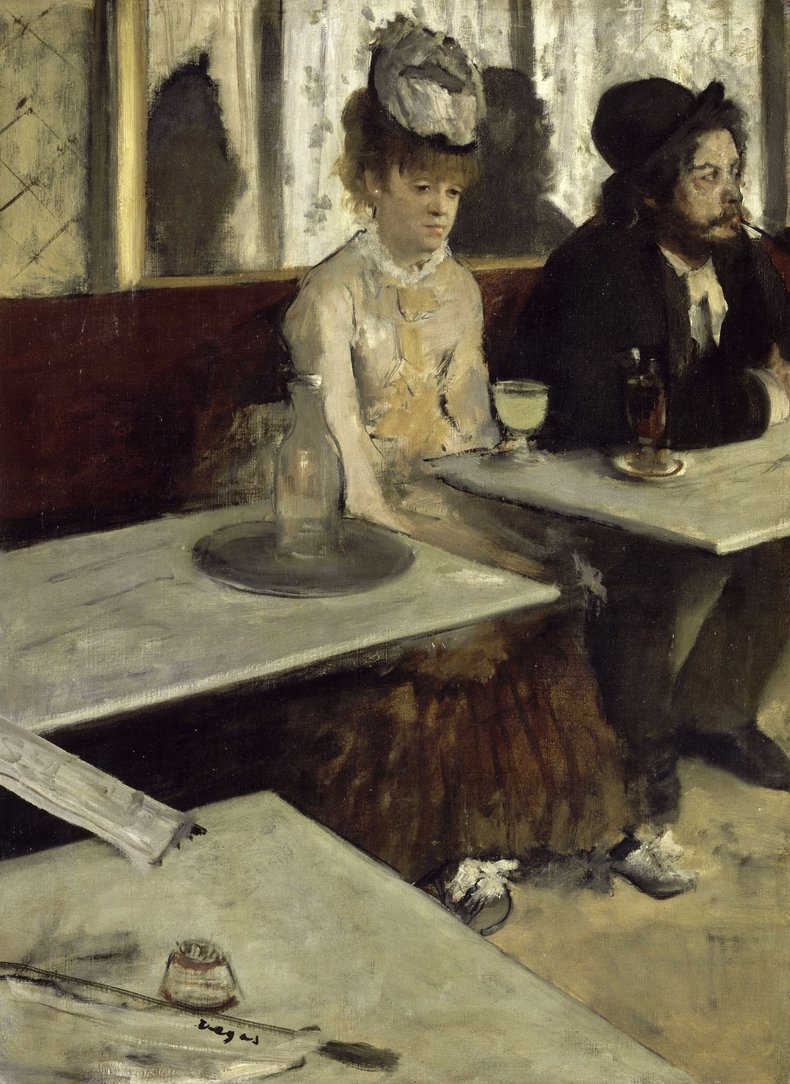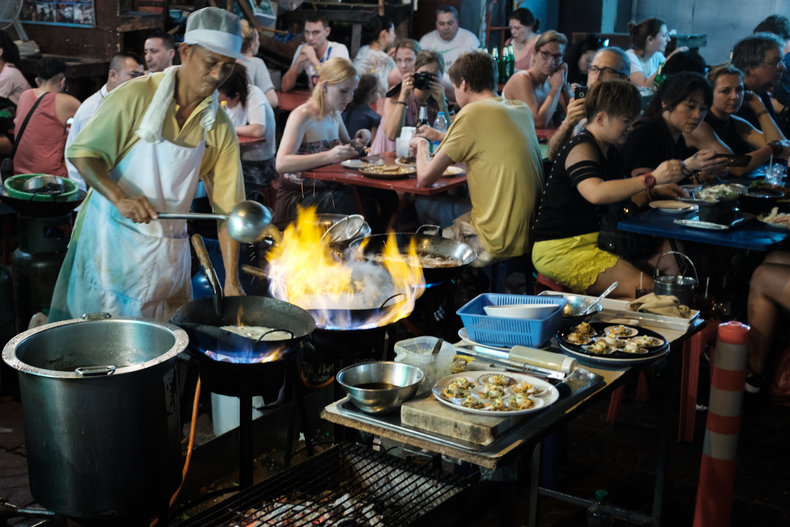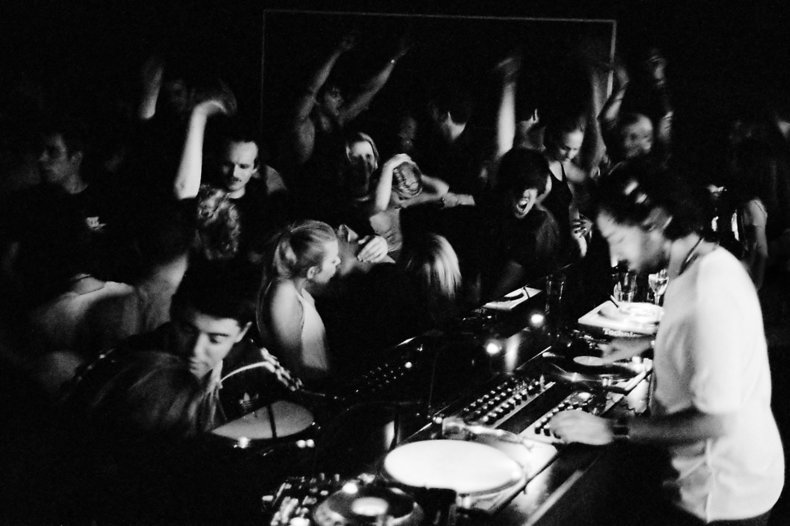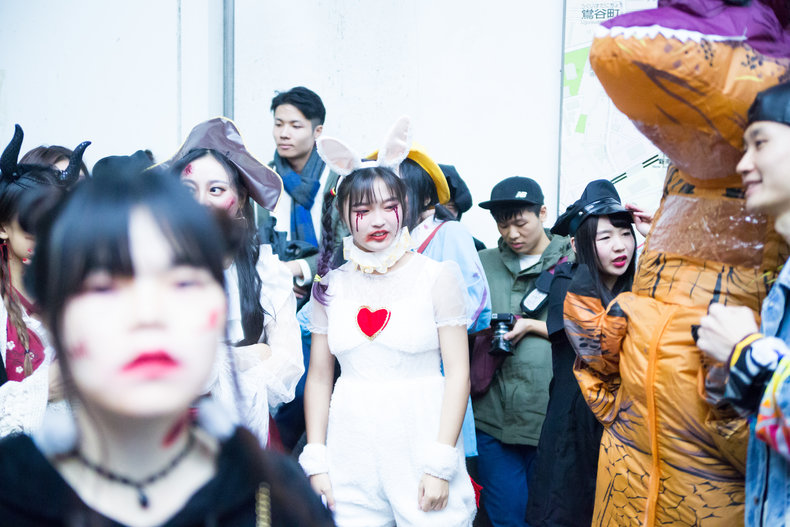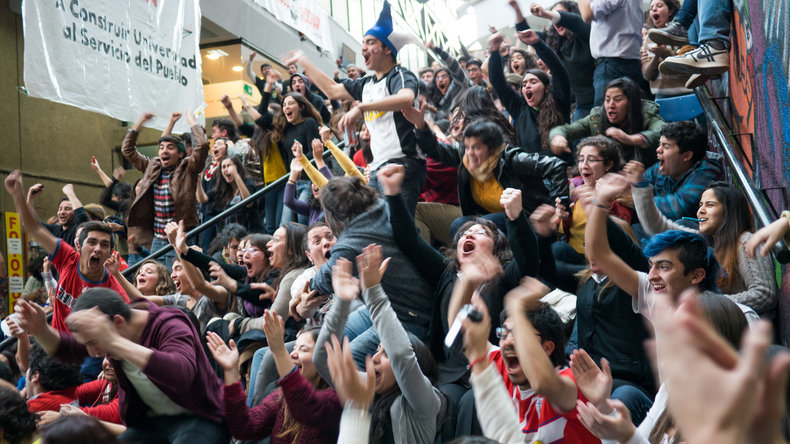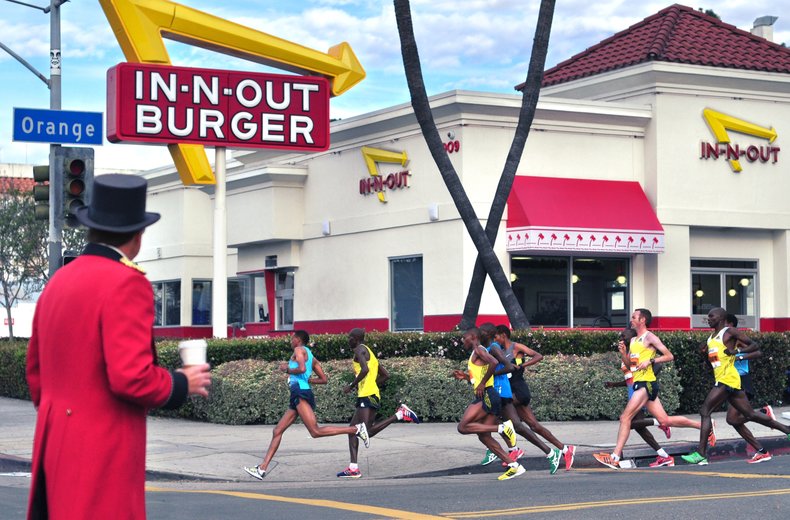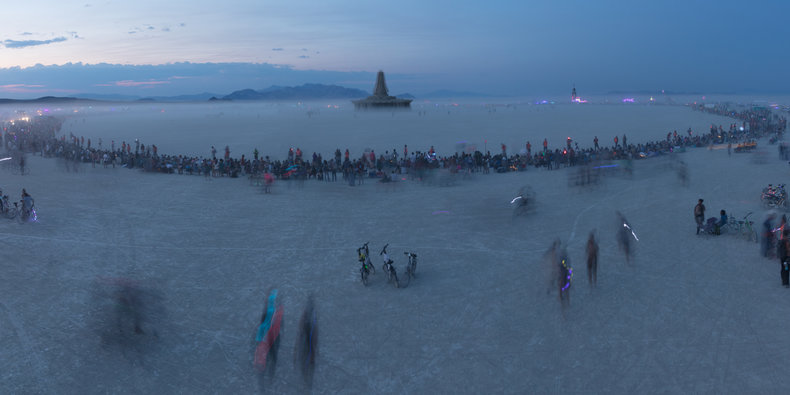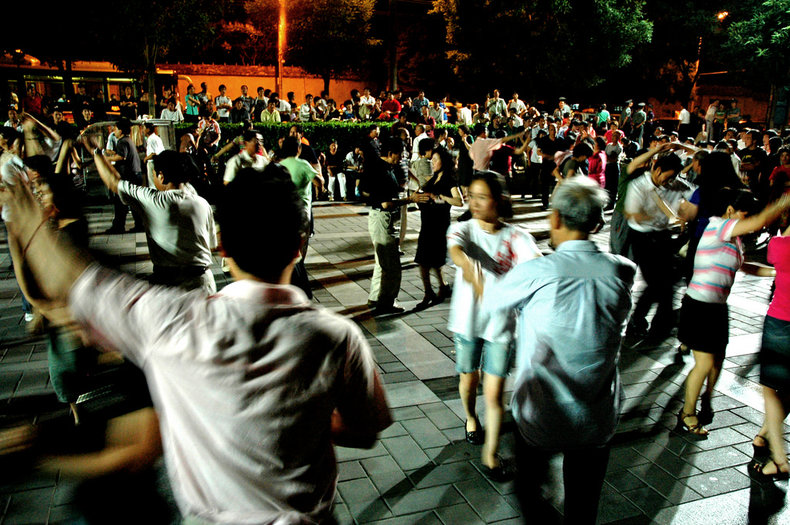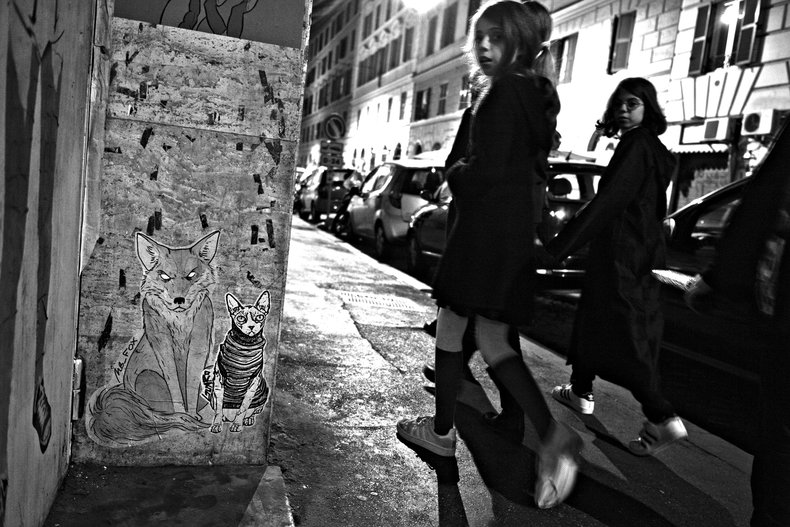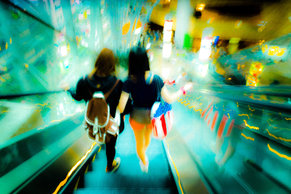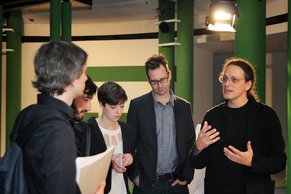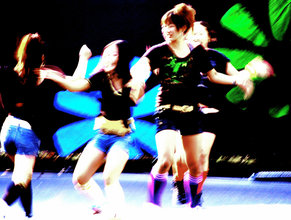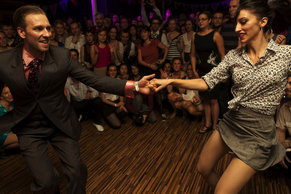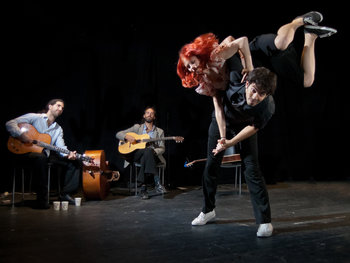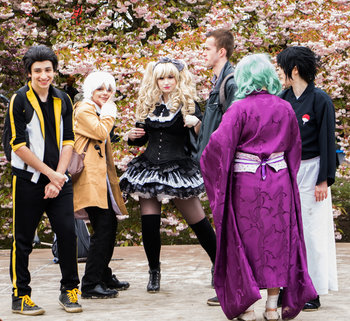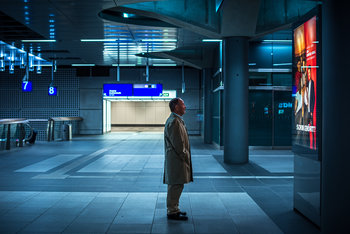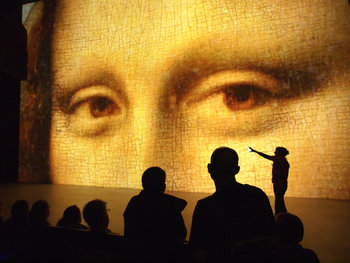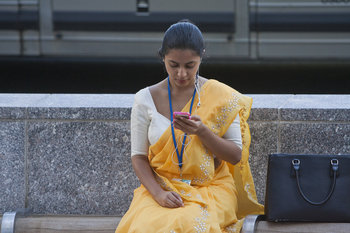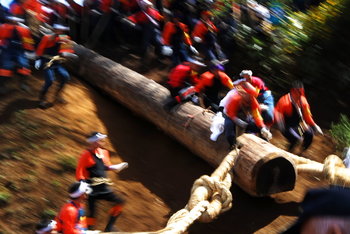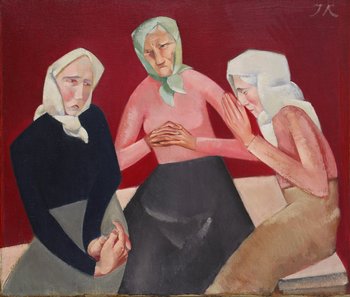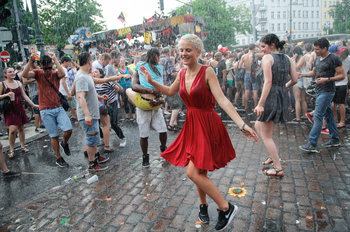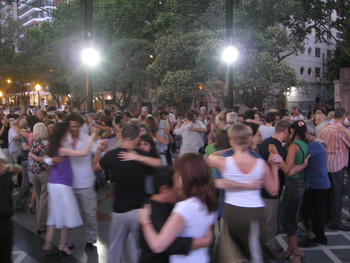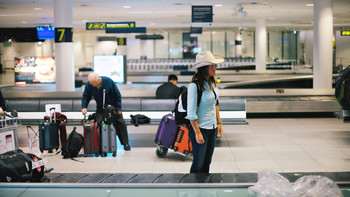|
| |
Low culture is culture that emerges amongst the people as a means to make life worth living. This term has negative connotations and tends to be used in a smug way to label culture as low status. Likewise, the term high culture often has negative connotations as being institutional, dull, pompous and status signalling. Neither necessarily deserves this negative stigma as low culture serves to produce new culture and high culture serves to preserve and continue old culture. The following are examples of low culture as contrasted with high culture.
Socioeconomic StatusHigh culture is associated with the upper class, academia and those who seek to signal social status with culture. Low culture is associated with everyone else. As such, the vast majority of culture is low culture.RebelsLow culture is the origin of most modern high culture whereby rebellious individuals challenge the dogma of institutions to take great leaps forward. Initially, high culture rejects these outsiders but eventually embraces them or appropriates them, depending on whether you view this positively or negatively. For example, Impressionism was a 19th century art movement that challenged the stagnation of the art world under high status academic institutions that sought to standardize art. After Impressionism, every fine art movement considered high culture began as low culture.Above: Edgar Degas - In a Café, Impressionists often depicted regular people in a realistic light where the dominant Academic Art of the same period tended towards idealistic depictions of classical scenes.
CuisineThe everyday dishes that are affordable to the masses. This can be contrasted with high culture that typically embraces foods that are exclusionary due to factors such as cost or time.NostalgiaCulture can invoke vivid memories such that it can trigger thoughts and emotions that you had long forgotten. It is common for both young and old to be interested in culture of the previous 2 or 3 decades out of a sense of nostalgia.MusicHigh culture is associated with music that is decades or centuries old. Some of this is appropriated from low culture, such as Jazz music. Low culture is associated with the music that is relevant to each generation as a means of expression and human experience.LanguageLanguage that is in common use including the invention of new words that capture something that needs to be expressed at a point in time in a culture. High culture is associated with traditional language such as older words that are seldom used and jargon invented by academic disciplines, professions and industries.Low ContextLow culture often relies on low context communication whereby people interact freely in a lightweight way that doesn't depend on cultural capital. High culture depends on things such as norms, specialized language and shared background as a means of exclusion.AmbiguityInstitutions are hesitate to accept anything that is dynamic, ambiguous or new and prefer the safety of traditions. As such, high culture tends to be old and stable such as a national or religious holiday that is celebrated much the same decade after decade. Low culture accepts change, ambiguity and flexibility. For example, a holiday such as Halloween that is celebrated in highly variable and individualistic ways.Shared ExperienceShared experience at great scale. For example, a sport followed by billions of people on a global basis.Comfort & ConvenienceLow culture sometimes takes the path of least resistance towards things that are easy, safe and comfortable. For example, fast food that has convenient locations, low prices and over-flavored foods. This often reflects socioeconomic realities such as time and budget constraints but also has many fans amongst people with significant resources. Consumer CultureIn a free market, producers compete to meet customer needs. These needs can extend to every element of the human experience whereby people may try to buy things that are traditionally earned or experienced. For example, a brand that represents social status where status is traditionally earned with behavior. High culture isn't immune to this but rather uses more exclusive products to fill needs.EmergenceLow culture emerges with the individual choices of the masses. For example, automobile culture that emerges from the lifestyle choices of individuals to transform cities and the way that people live and interact. Generational CultureLow culture changes with each generation as the youth seek to challenge established culture both low and high.EntertainmentEntertainment is inherently rejected by high culture reflecting its serious and potentially pompous nature. Again, this tends to make high culture look very old and static as entertainment such as video games are at the cutting edge of human advancement, art and experience. IndividualismIndividualistic subcultures are typically low culture whereby people are free to follow an interest, style or expression without institutional approval.Long TailLow culture pursues all manner of production and creative expression. This is known as long tail whereby amateurs compete with professionals in a wide range of domains. These amateurs vastly outnumber professions, who are more likely to be tied to the institutions of high culture. As such, the long tail can produce works that rival professional works. For example, a diy enthusiasm who ends up influencing the direction of future architecture more than an architect at a high status firm.Adaptation of TraditionHigh culture tends towards freezing traditions to preserve them and continue them in some historical state. Low culture adapts tradition to current practicalities such as community life.ProgressHigh culture preserves the old and low culture builds the new. This can put the two into opposition that can manifest in ways that resemble class struggle. For example, high status institutions that seek to preserve heritage in ways that drive up the costs of housing and leave little room for the needs of new generations.
Pop Culture
This is the complete list of articles we have written about pop culture.
If you enjoyed this page, please consider bookmarking Simplicable.
© 2010-2023 Simplicable. All Rights Reserved. Reproduction of materials found on this site, in any form, without explicit permission is prohibited.
View credits & copyrights or citation information for this page.
|

